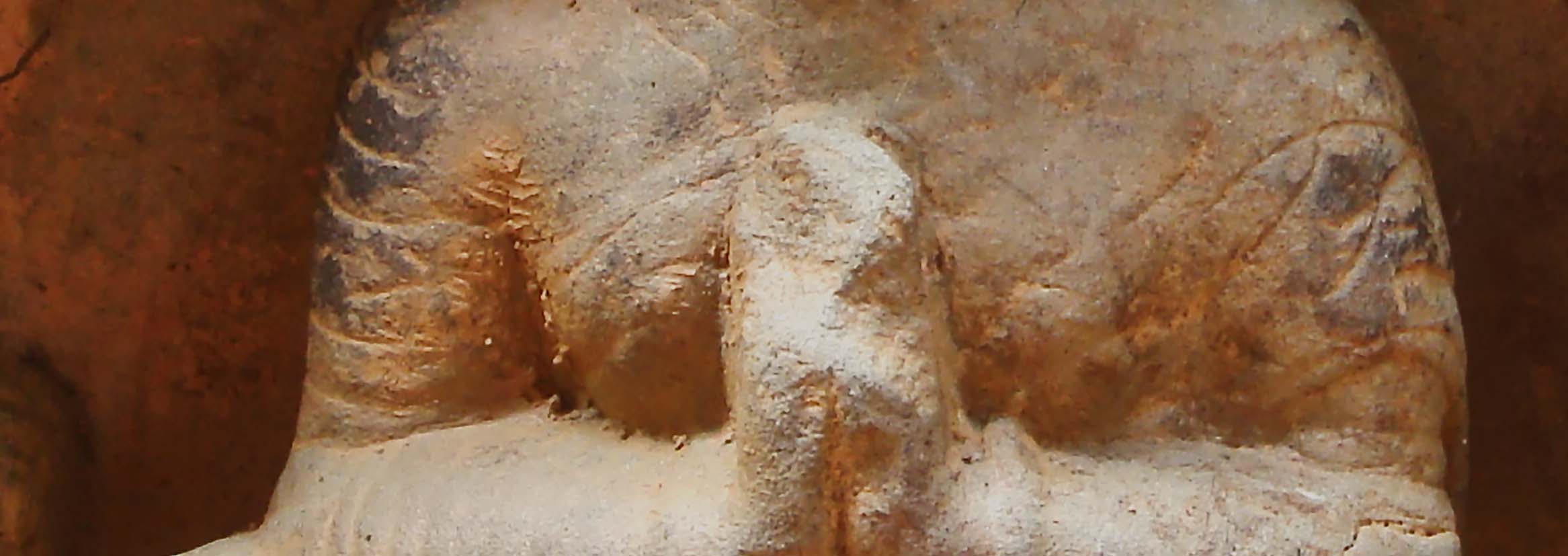Das Nepal Temple Project: Archäologie eines Hindu-Tempels. Der Anantaliṅgeśvara Mahādeva Tempel in Dhadhikoṭa / Bhaktapur
https://doi.org/10.34780/joga.v2020i0.1007
Abstract
Seit 2014 führt das Nepal Temple Project an einem der ältesten Kultplätze im Tal von Kathmandu, dem Anantaliṅgeśvara Mahādeva Tempel, interdisziplinäre Forschungen durch. Die Frühzeit des Anantaliṅgeśvara Mahādeva Tempels ist eng mit der Licchavi-Periode vom 4.–8. Jahrhundert n. Chr. in Nepal verknüpft. Das Ensemble des im 5.–7. Jahrhundert n. Chr. gegründeten, in seiner heutigen Form seit dem 17. Jahrhundert bestehenden und bis in die Gegenwart genutzten Tempels, zählt zu einem der frühesten Kultplätze des Gottes Śiva in Nepal. Genese, Gestalt, Kontinuität und Veränderungen des Tempelkomplexes durch die Zeit sind die Forschungsfragen des Projekts. Die umfangreichen Architekturen des Tempelplatzes konnten – erstmals in Nepal – durch das Structure-from-Motion Verfahren umfassend dokumentiert und virtuell gesichert werden. Forschungsfragen zur Entstehungs- und Entwicklungsgeschichte wurden durch archäologische Grabungen und epigraphische und kunsthistorische Untersuchungen präzisiert und beantwortet. Die Ausgrabung einer Hochrelieffigurengruppe auf einem Tympanon der Licchavi-Periode erlaubte zusätzliche wichtige Rückschlüsse zur Datierung und Bedeutung des Tempelplatzes im Tal von Kathmandu. Ein weiteres wichtiges Ziel des Nepal Temple Projects ist der Schutz und Erhalt der Tempelarchitekturen. Dazu wurde, im intensiven Dialog mit der regionalen Bevölkerung, die religiöse Wertschätzung des Ortes mit der historischen Dimension und Bedeutung der Architekturen langfristig zusammengeführt.
Keywords:
Nepal, Licchavi-Periode, Hindutempel-Archäologie, Structure-from-Motion, Denkmalpflege, Kulturerbe





